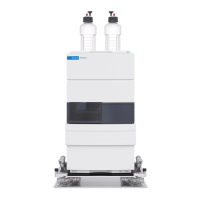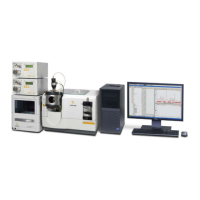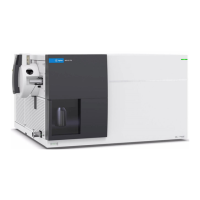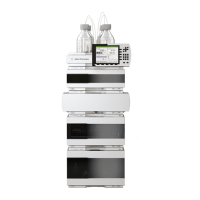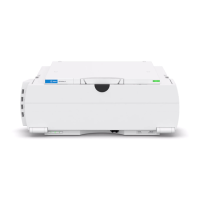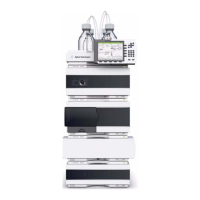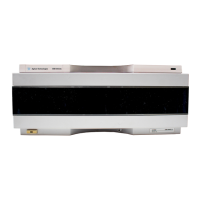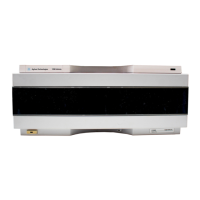Agilent InfinityLab LC Series Vialsamplers User Manual 140
4 Preparing the Module
Leak and Waste Handling
Leak and Waste Handling
For details on correct installation, see separate installation documentation.
Toxic, flammable and hazardous solvents, samples and reagents
The handling of solvents, samples and reagents can hold health and safety
risks.
When working with these substances observe appropriate safety
procedures (for example by wearing goggles, safety gloves and
protective clothing) as described in the material handling and safety
data sheet supplied by the vendor, and follow good laboratory practice.
Do not use solvents with an auto-ignition temperature below 200 °C
(392
°F). Do not use solvents with a boiling point below 56 °C (133 °F).
Avoid high vapor concentrations. Keep the solvent temperature at least
40 K below the boiling point of the solvent used. This includes the
solvent temperature in the sample compartment. For the solvents
methanol and ethanol keep the solvent temperature at least 25 K below
the boiling point.
Do not operate the instrument in an explosive atmosphere.
Do not use solvents of ignition Class IIC according IEC 60079-20-1 (for
example, carbon disulfide).
Reduce the volume of substances to the minimum required for the
analysis.
Never exceed the maximum permissible volume of solvents (8 L) in the
solvent cabinet. Do not use bottles that exceed the maximum
permissible volume as specified in the usage guideline for solvent
cabinet.
Ground the waste container.
Regularly check the filling level of the waste container. The residual free
volume in the waste container must be large enough to collect the waste
liquid.
To achieve maximal safety, regularly check the tubing for correct
installation.
For details, see the usage guideline for the solvent cabinet. A printed copy of the
guideline has been shipped with the solvent cabinet, electronic copies are
available in the Agilent Information Center or via the Internet.
